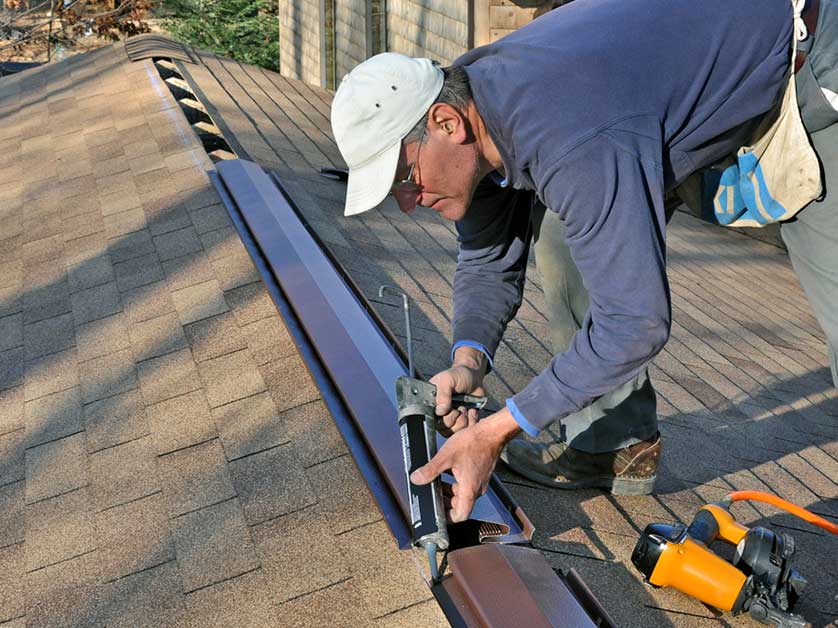The importance of proper roof ventilation cannot be stressed enough, as it prevents potential moisture damage and helps regulate temperatures within your property. To determine the right type of vent that will fit your roof’s requirements, a few things must be considered. Read on for more.

Factors to Consider When Choosing Roof Vents
The right roof vent varies depending on your roof’s style and size, so it’s essential to understand your specific roofing requirements before selecting a roof vent. A professional roofing company can inspect and design a roof vent system suitable for any roof shape and size.
Another vital factor to consider is the climate in your area. In warmer climates, proper roof ventilation is crucial to combat the heat. On the other hand, in colder climates, the roof must have equal temperatures to prevent forming ice dams.
Lastly, consider the size of your roof. Larger roofs typically require more vents to ensure proper airflow, whereas smaller roofs may only need a single vent to achieve the desired results.
Types of Roof Vents
Now that we’ve discussed a roof vent’s typical features, here’s a look at the different types of roof vents available below:
- Ridge Vents. These vents are installed along the ridgeline of your roof, allowing hot air to escape while cool air enters through the soffit vents. Ridge vents are particularly suitable for homes located in warmer climates and are known for their discrete appearance. However, they may not be ideal for homes with multiple roof peaks or complex designs.
- Soffit Vents. Installed beneath the eaves of your roof, they provide continuous air intake and allow cool air to enter your attic space while pushing warmer air out. Soffit vents work well in combination with other vent types, particularly in areas prone to storms and heavy rainfall.
- Gable vents. These vents are mounted on the exterior walls of your attic at the gable ends, allowing air to flow through the attic space. Gable vents are easy to install but often require additional vent types to ensure proper air circulation, especially in warmer climates.
- Turbine vents. Turbine vents use wind power to pull hot air out of your attic, making them an energy-efficient option for properties in windy regions. However, they may be less efficient in areas with low wind speeds or prone to heavy snowfall.
Reach out to Qualified Roofing Professionals Today
When you’re ready to redesign and reconstruct your roof with the right vents, turn to Earl W. Johnston Roofing. We always go above and beyond in providing high-quality roofing services to homeowners in Hollywood and Ft. Lauderdale, FL. Call us at (954) 989-7794, or fill out this contact form to request an estimate.














